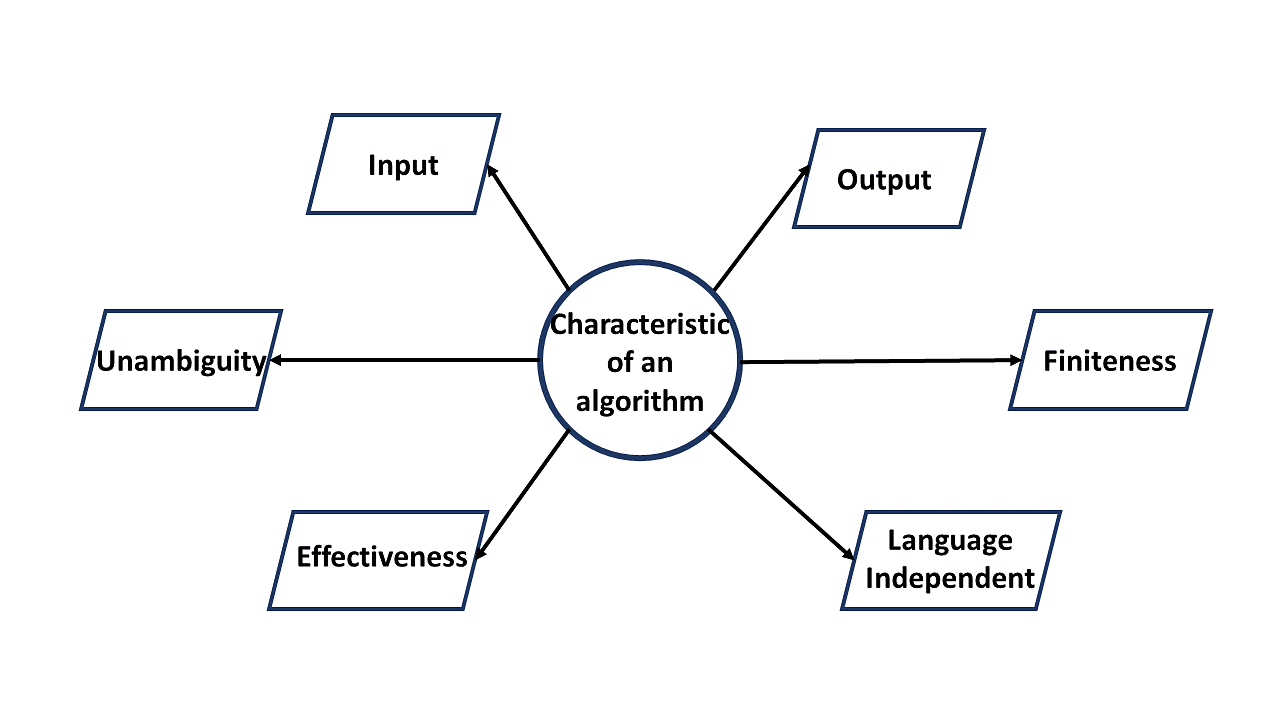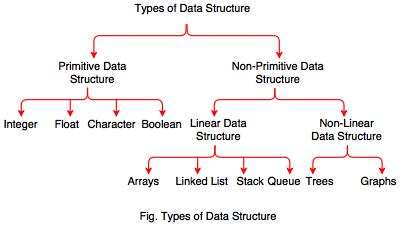#Fundamentals Of Data Structures
Data:
It is a collection of facts and figures or data is a value or group of values which is in a particular format.
Example: Signals, Images, Video, Audio
Data Structure:
Data Structure is a way of collection as well as organizing data in such a way that various operations can be performed on it in an effective way.
Need Of Data Structure:
1. Store huge data.
2. Store data in systematic way
3. Better algorithm
4. Static And Dynamic formats.
Types of Data Structure:
Static And Dynamic Data Structure:
Static Data Structure:
In a static data structure, the size of the structure is fixed. The content of the data structure can be modified but without changing the memory space allocated to it.
Example: Array
Dynamic Data Structure:
In a Dynamic data structure, the size of the structure is not fixed and can be modified during the operations performed on it.
Example: Linked list
Problem: A problem can be defined as a real-world problem or real-world instance problem for which you need to develop a program or set of instructions. An algorithm is a set of instructions.
Algorithm:
- Algorithm: An algorithm is defined as a step-by-step process that will be designed for a problem.
- An algorithm is a set of commands that must be followed for a computer to perform calculations or other problem-solving operations.
- According to its formal definition, an algorithm is a finite set of instructions carried out in a specific order to perform a particular task.
- It is not the entire program or code; it is simple logic to a problem represented as an informal description in the form of a flowchart or pseudocode.
 |
| Fig: Characteristics of an algorithm |
 |
| Fig: Algorithm and Flowchart Example |
Time complexity:
Space complexity:



Comments
Post a Comment